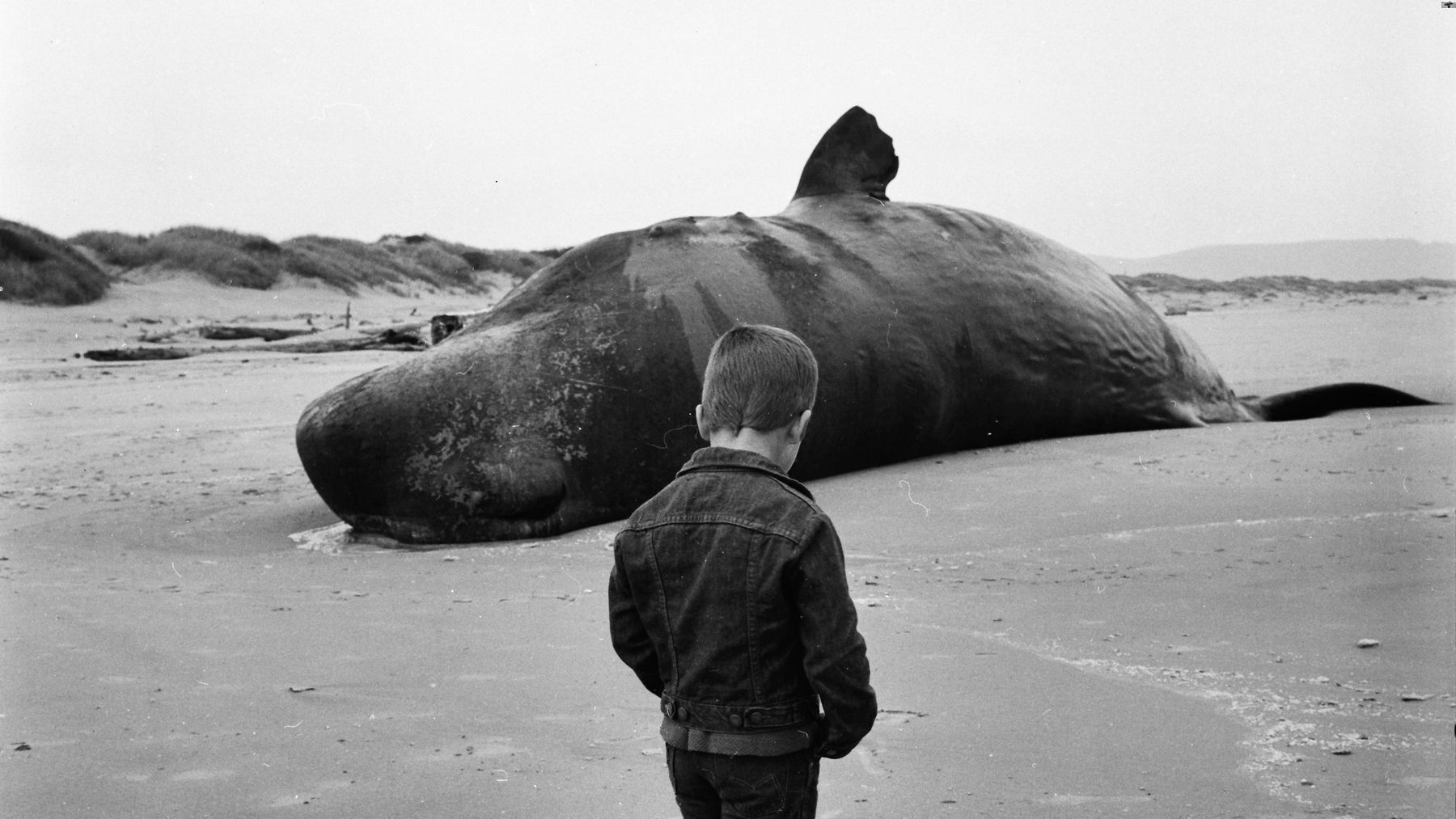
Did you know that a whale can explode? It sounds like something out of a sci-fi movie, but it's true! When a whale dies, gases build up inside its body during decomposition. If the pressure gets too high, the whale can burst, sending blubber and guts flying. This phenomenon has been documented several times, with one of the most famous incidents occurring in Oregon in 1970. Authorities decided to use dynamite to dispose of a beached whale, resulting in a messy and memorable explosion. These events are not just rare curiosities; they highlight the challenges of dealing with massive marine mammals.
Key Takeaways:
- The exploding whale incident in Florence, Oregon, involved a 45-foot sperm whale and half a ton of dynamite, resulting in unexpected and messy outcomes, leaving a lasting cultural impact.
- Lessons learned from the exploding whale incident include prioritizing public safety, using modern removal methods, and understanding the power of media in shaping public perception.
The Infamous Exploding Whale Incident
The exploding whale incident is one of the most bizarre and unforgettable events in history. It happened in Florence, Oregon, and has since become a legendary tale. Here are some fascinating facts about this unusual event.
-
Date of the Incident: The whale explosion occurred on November 12, 1970.
-
Location: Florence, Oregon, was the site of this strange event.
-
Whale Species: The whale was a sperm whale, one of the largest toothed predators in the ocean.
-
Whale Size: The whale measured 45 feet long and weighed around 8 tons.
-
Cause of Death: The whale had washed ashore and died naturally.
The Plan to Remove the Whale
Authorities had to come up with a plan to remove the massive carcass. Their solution was unconventional, to say the least.
-
Removal Plan: The Oregon Highway Division decided to use dynamite to remove the whale.
-
Amount of Dynamite: They used half a ton of dynamite for the task.
-
Reason for Dynamite: Officials believed the explosion would break the whale into small pieces, which scavengers could then consume.
-
Expert Consultation: George Thornton, an engineer, was in charge of the operation.
-
Public Spectacle: Many locals gathered to watch the explosion, making it a public event.
The Explosion and Its Aftermath
The explosion did not go as planned, leading to some unexpected and messy results.
-
Explosion Time: The dynamite was detonated at 3:45 PM.
-
Unexpected Outcome: Instead of small pieces, large chunks of whale blubber flew everywhere.
-
Damage to Property: A large piece of blubber crushed a car parked a quarter-mile away.
-
No Injuries: Miraculously, no one was injured during the explosion.
-
Media Coverage: Local news station KATU captured the entire event on film.
The Legacy of the Exploding Whale
The incident has left a lasting impression and continues to be a topic of fascination.
-
Viral Video: The footage of the explosion went viral years later, gaining millions of views online.
-
Cultural Impact: The event has been referenced in TV shows, movies, and books.
-
Annual Celebration: Florence, Oregon, holds an annual "Exploding Whale Memorial Park" event.
-
Educational Tool: The incident is often used as a case study in engineering and environmental science courses.
-
Internet Meme: The exploding whale has become a popular meme, symbolizing failed plans.
Lessons Learned from the Incident
The exploding whale incident taught valuable lessons about dealing with large animal carcasses.
-
Alternative Methods: Modern methods for removing whale carcasses include burial and towing out to sea.
-
Environmental Impact: The explosion had a minimal long-term environmental impact.
-
Public Safety: Authorities now prioritize public safety in similar situations.
-
Media Sensation: The incident highlighted the power of media in shaping public perception.
-
Engineering Challenges: It showcased the complexities and challenges engineers face in unconventional situations.
Fun and Unusual Facts
Here are some quirky and lesser-known facts about the exploding whale incident.
-
Nickname: The whale was nicknamed "Thornton's Folly" after the engineer in charge.
-
Commemorative Plaque: A plaque at the site commemorates the event.
-
Documentary: A short documentary titled "The Whale Explosion" was made about the incident.
-
Merchandise: T-shirts, mugs, and other merchandise featuring the exploding whale are popular souvenirs.
-
Local Legend: The story is a favorite among locals and is often told to visitors.
The Exploding Whale in Popular Culture
The incident has permeated various aspects of popular culture, making it a lasting legend.
-
TV References: Shows like "The Simpsons" and "South Park" have referenced the exploding whale.
-
Books: Several books, both fiction and non-fiction, mention the incident.
-
Music: A few songs have been inspired by the exploding whale story.
-
Art: Artists have created paintings and sculptures depicting the event.
-
Podcasts: Numerous podcasts have episodes dedicated to discussing the exploding whale.
The Exploding Whale Legacy
The exploding whale incident of 1970 remains one of the most bizarre events in history. It all started when a 45-foot sperm whale washed ashore in Florence, Oregon. Authorities decided to use dynamite to dispose of the carcass, thinking the explosion would send the remains into the ocean. Instead, it rained whale blubber over a wide area, damaging cars and shocking onlookers.
This event has since become a cautionary tale about problem-solving and unintended consequences. It also highlights the importance of planning and expert advice. The story has been retold in various forms, from news reports to internet memes, ensuring its place in popular culture.
So, next time you hear about the exploding whale, remember it’s more than just a funny story. It’s a lesson in human ingenuity and the unpredictable nature of wildlife management.
Frequently Asked Questions
Was this page helpful?
Our commitment to delivering trustworthy and engaging content is at the heart of what we do. Each fact on our site is contributed by real users like you, bringing a wealth of diverse insights and information. To ensure the highest standards of accuracy and reliability, our dedicated editors meticulously review each submission. This process guarantees that the facts we share are not only fascinating but also credible. Trust in our commitment to quality and authenticity as you explore and learn with us.


